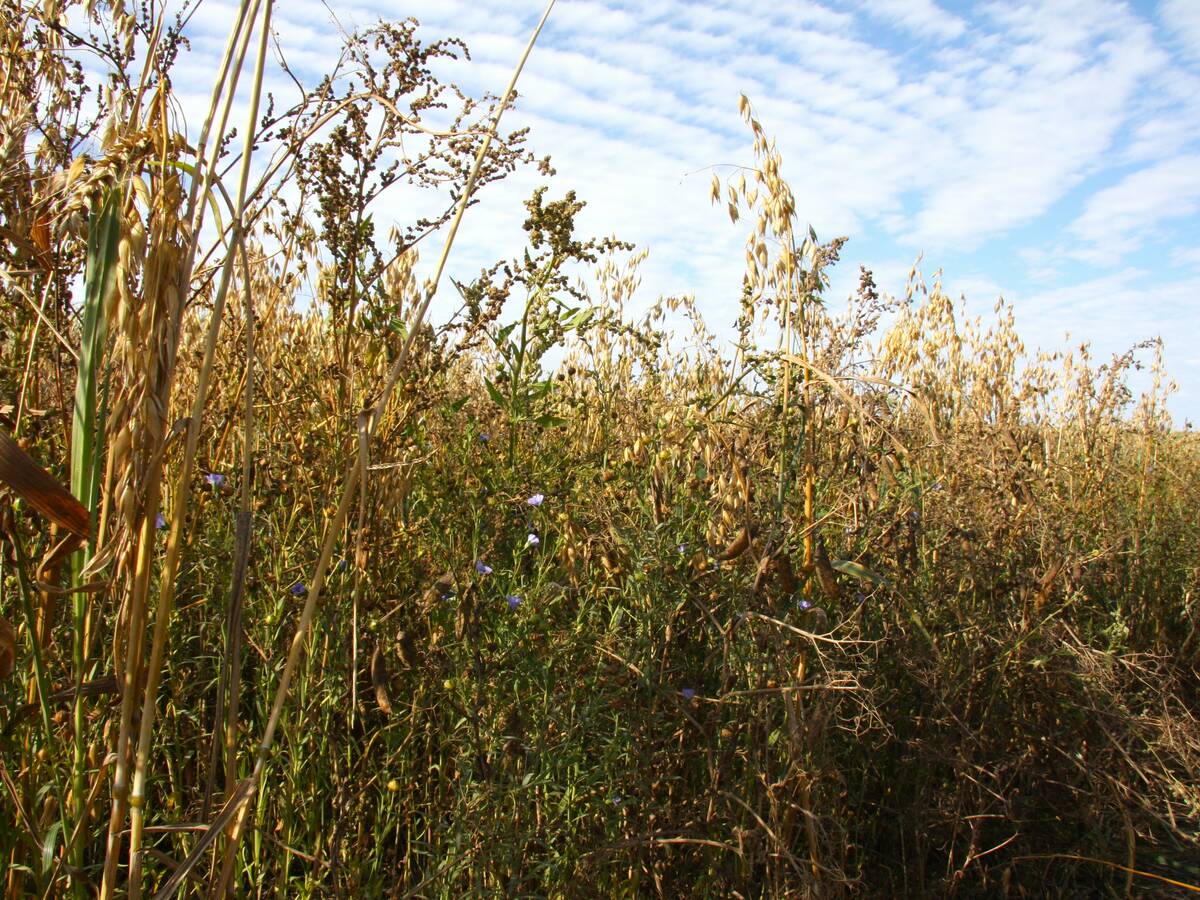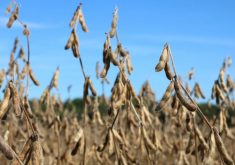Dry bean growers across Manitoba hope recent wet weather tapers off and creates good seeding conditions.
Most producers began seeding their dry beans over the May long weekend, those at the May 22 webinar hosted by Manitoba Agriculture heard.
The outlook for late May had notes of caution for the dry and heat-loving crop. Rainfall warnings were issued in most of southern Manitoba in the second-last week of the month and temperatures were expected to dip disconcertingly low.
Read Also

PepsiCo nearly doubles regenerative scope
Another 240,000 farm acres managed through regenerative agriculture will be supported by PepsiCo across Manitoba and Saskatchewan by the end of 2025.
“Soybeans can really take that moisture much better than what dry beans can,” said provincial pulse specialist Dennis Lange. “Dry beans on heavy soils on wet years don’t do very well.”
Why it matters: Manitoba is a leading source of dry bean production in Canada.
While producers can’t control the weather, they can take steps to ensure their dry bean yield is as robust as possible, Lange said.
Dry beans should be planted at a depth of three-quarters to 1.5 inches. Crop rotation is also key. Volunteer soybeans can appear in fields even two to three seasons after the last have come off. That creates potential marketing issues because soybeans can be considered an allergen. Buyers have been known to reject loads containing soybeans.
“The worst case scenario that I’ve ever seen is where the grower had soybeans in year one, wheat in year two, followed by canola in year three,” Lange said. “The canola had gotten blown out with all the strong winds that we had, so he went back and planted dry beans, and he ended up with 10 per cent volunteer soybeans in the harvesting sample.”
In most cases, volunteer soybean contamination might hover closer to one per cent, though that is still a concern for some buyers.
Rotating from one type of dry bean to another in the following season can also create challenges, Lange said. It can be difficult to separate the different bean types, such as black from pinto.
“What ends up happening is, in order to guarantee that there’s no black beans in there, you have to clean them fairly hard, and sometimes you’ll lose some of the good quality beans.”
Watch for coat damage
Dry beans should be checked for seed coat damage before planting. Lange warned producers to monitor air volume when running beans through an air seeder to avoid seed damage and poor stand establishment.
“Make sure it’s not too high. Check your cracked seed coats before you put it into the seed box, and make sure (levels are) low. If it’s on the higher side, in that 15 to 20 per cent range, you need to increase your seed rate to compensate for that.”
Growers unsure of seed quality can do a simple check for seed coat damage and hairline cracks. Take a small pan with about an inch of water in it, drop in 100 seeds and stir for five minutes. Then examine for seed coat separation.
Lange recommended a stand count be done a month after seeding to measure progress. If using 30-inch row widths, an area 17 feet by five inches should be counted to determine plant population. The hula hoop method can also be used, in which plants within a hoop on the ground are counted.
Suggested seeding rates for navy and black beans are 140,000-150,000 per acre for nine to 12-inch spacing, 120,000-140,000 for 22-inch spacing, and 100,000-110,000 for 30-inch spacing.
For pinto beans, 80,000-90,000 per acre for nine to 12-inch rows, 75,000-85,000 for 22-inch rows and 65,000-75,000 for 30-inch spacing is recommended.
Kidney beans should be seeded at 70,000-85,000 seeds per acre for 22 and 30-inch rows. Cranberry beans are at an advised rate of 65,000-70,000 seeds per acre for the same spacing, and great northern beans and pink beans should be targeted at 65,000-70,000 per acre for the same rows widths.
When ordering seed, order more than necessary so there’s wiggle room with planting rates, Lange advised. While soybeans tend to compensate well for lower stand counts as long as weeds are kept under control, dry beans need higher plant populations.
Weeds
Weed control is of utmost importance and fields should be scouted regularly so the beans are weed free to the sixth trifoliate stage, Lange said. Weeds that appear at the same time as the crop can cause greater yield loss than those that germinate after the crop is up.
“Make sure you know what weed populations are there. Identify those weeds and use the appropriate products.”
After planting but before emergence, herbicides including Amitrol, Beloukha, glyphosate, Aim (with glyphosate), Permit and Goldwing can be used. Pre-planting options include trifuralin, Edge, Eptam and Frontier.
















